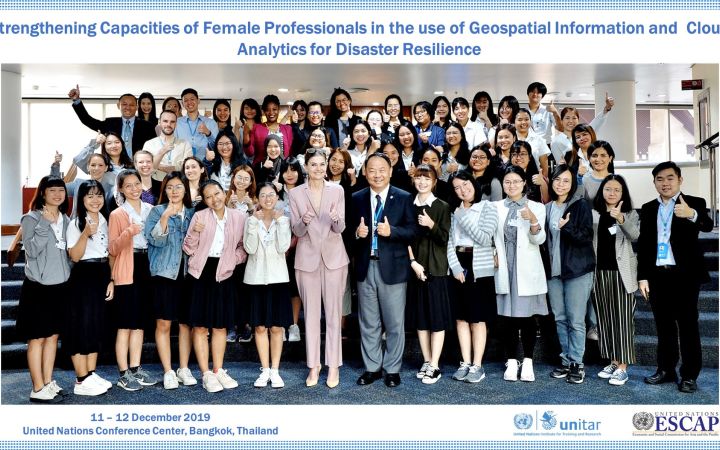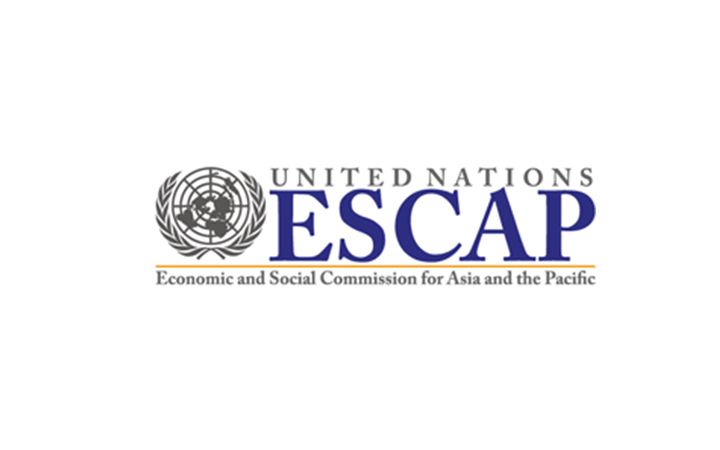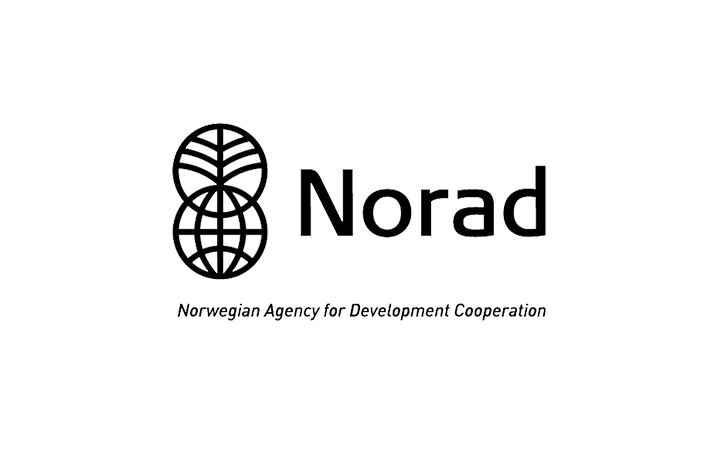A gender-responsive approach for Disaster Risk Reduction
11 – 12 December 2019, Bangkok, Thailand.
UNOSAT in collaboration with the United Nations Economic and Social Commission for Asia and the Pacific, UNESCAP, have conducted a training with the aim to strengthen a gender-responsive approach to Disaster Risk Reduction.
The socially and culturally constructed differences such as roles and responsibilities between men and women tend to determine how they experience a disaster as well as their ability to prepare and recover from it. This is distinct for women living in countries that tolerate gender discrimination, making them particularly vulnerable and exposed to disasters. [1]
As of today, women are often absent from decision-making process regarding Disaster Risk Reduction strategies. [2] This has resulted in a recognized need to a stronger focus on women’s presence in decision-making towards Disaster Risk Reduction, not only to strengthen gender equality but also to increase the efficiency to assess and reduce the risk of disasters. It is important that both women’s and men’s perspectives, needs and expertise are equally considered in Disaster Risk Reduction efforts to ensure equal accessibility to means that are required to prepare, manage and recover from a disaster. [3] Consequently, UNOSAT and the United Nations ESCAP have conducted a two-days training to strengthen a gender-responsive approach by promoting, facilitating and optimizing the actual and potential contribution of women in Disaster Risk Reduction.
Sources:
[1] UNDP (2010) Gender and Disasters.
[2] World Meteorological Organization (2017) Reducing disaster risk through gender parity and women’s leadership
[3] UN WOMAN (2017) Editorial Spotlight: What does gender have to do with reducing and addressing disaster risk?
A United Nations Initiative Towards Women's Empowerment
This training, a United Nations initiative towards women's empowerment, provided women with:
- Knowledge how to apply different Geospatial Information Technologies for disaster risk reduction.
- Introductory concepts of geospatial methodologies and cloud based remote sensing tools.
- Awareness of the potential Geographic Information Technology has for sustainable development in Asia and the Pacific Region.
- Practical knowledge in using satellite for disaster damage assessment.
The training was attended by 48 participants from 8 different universities in Thailand. All participants were given a UN certificate from the United Nation ESCAP and UNITAR for their participation.
The usefulness of training was highly appreciated by participants.
“This is an effective training in terms of finding spatial data and other data in order to assess the disaster events in different regions around the world. I am looking forward for future opportunities at UN to work in the DRR related activities and jobs.”
UNOSAT and UNESCAP are planning to continue working with the participants in the future with the aim to ensure that all participants will be able to apply their skills directly in a real-world situation and to contribute to a more gender-responsive approach to Disaster Risk Reduction.




